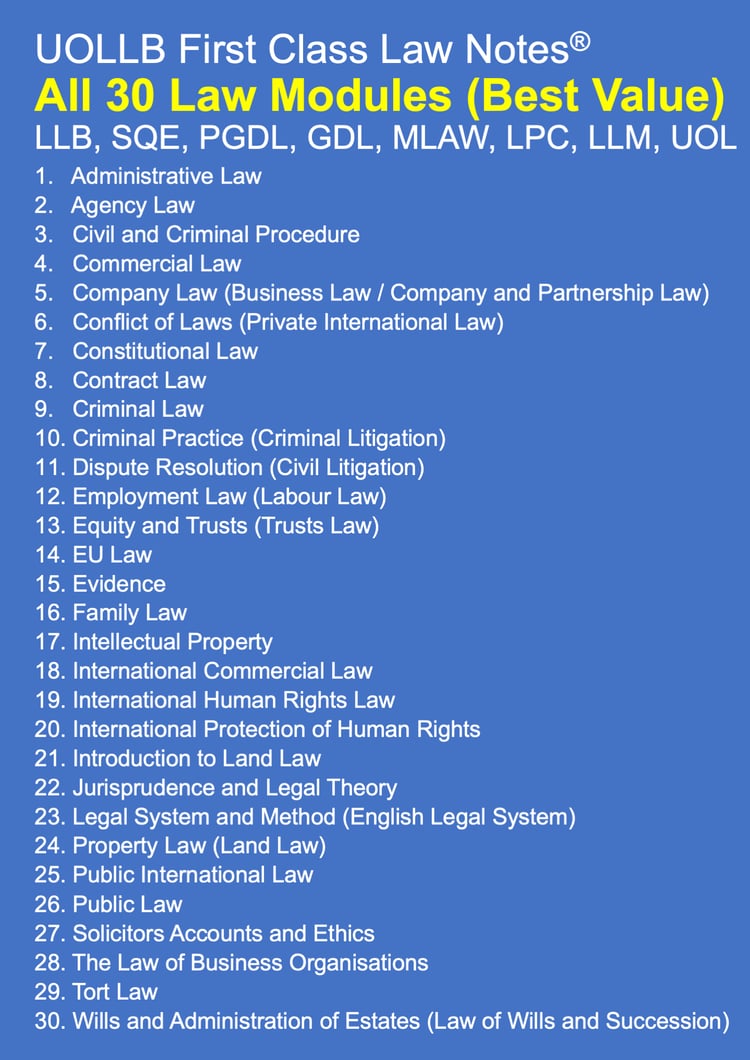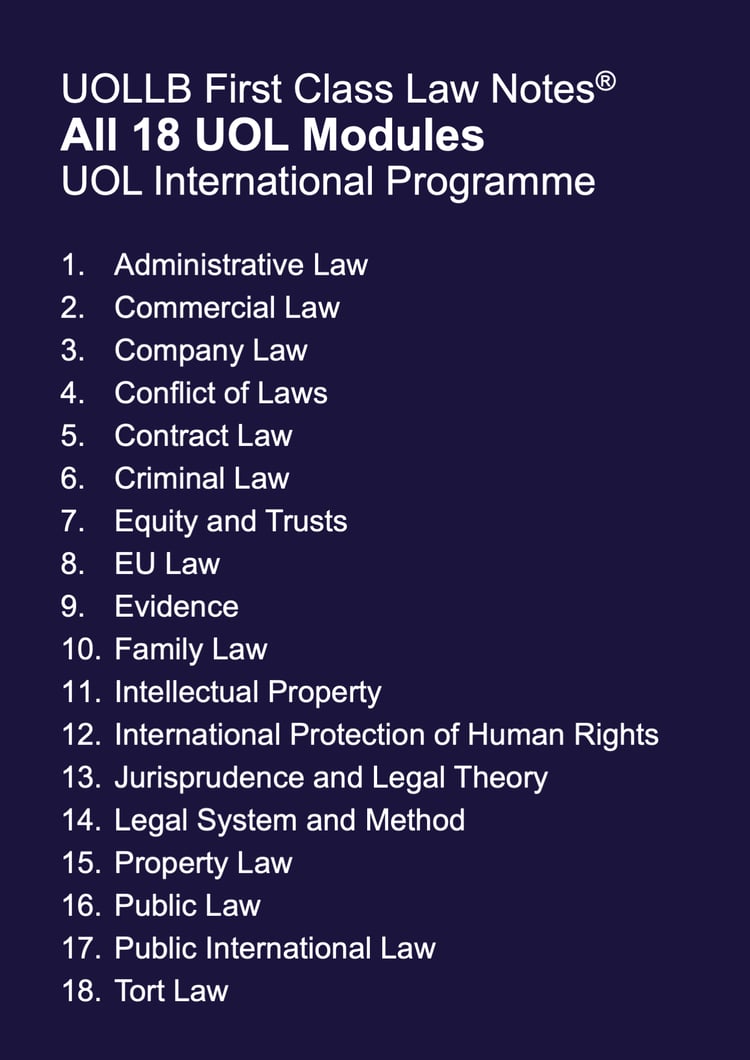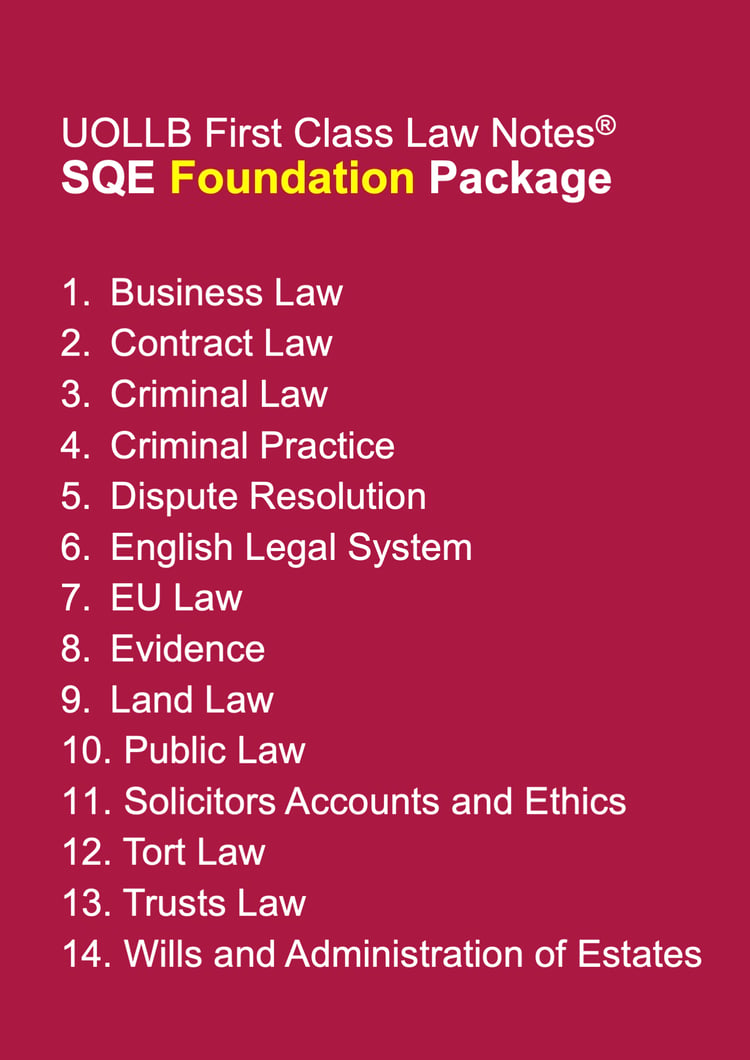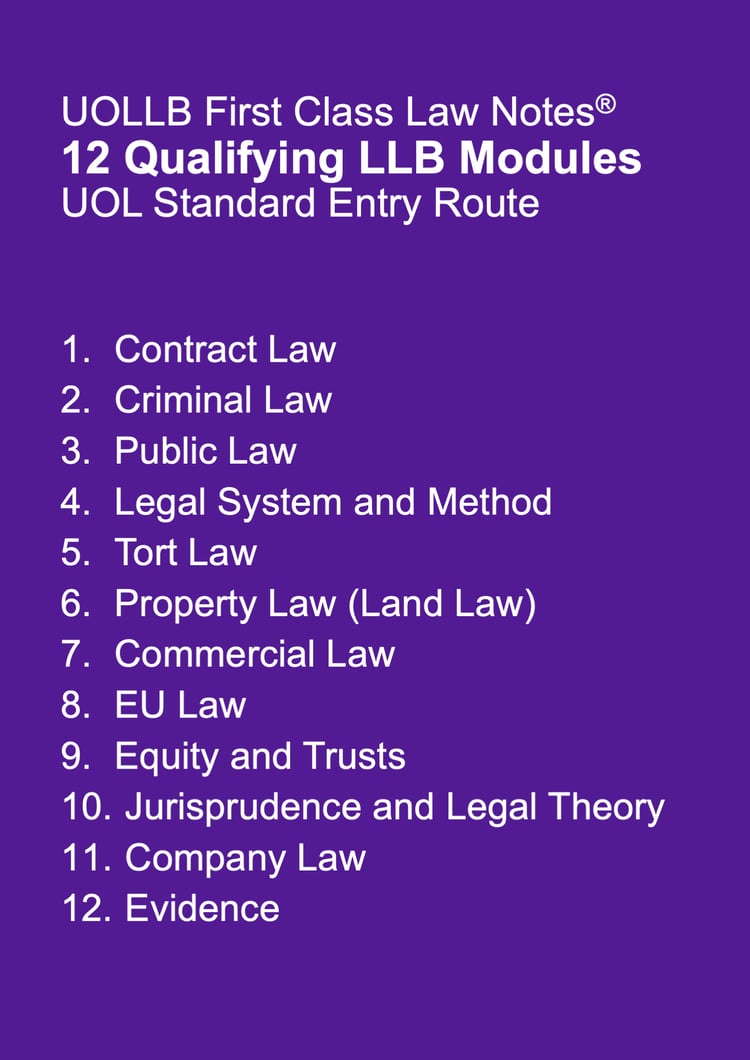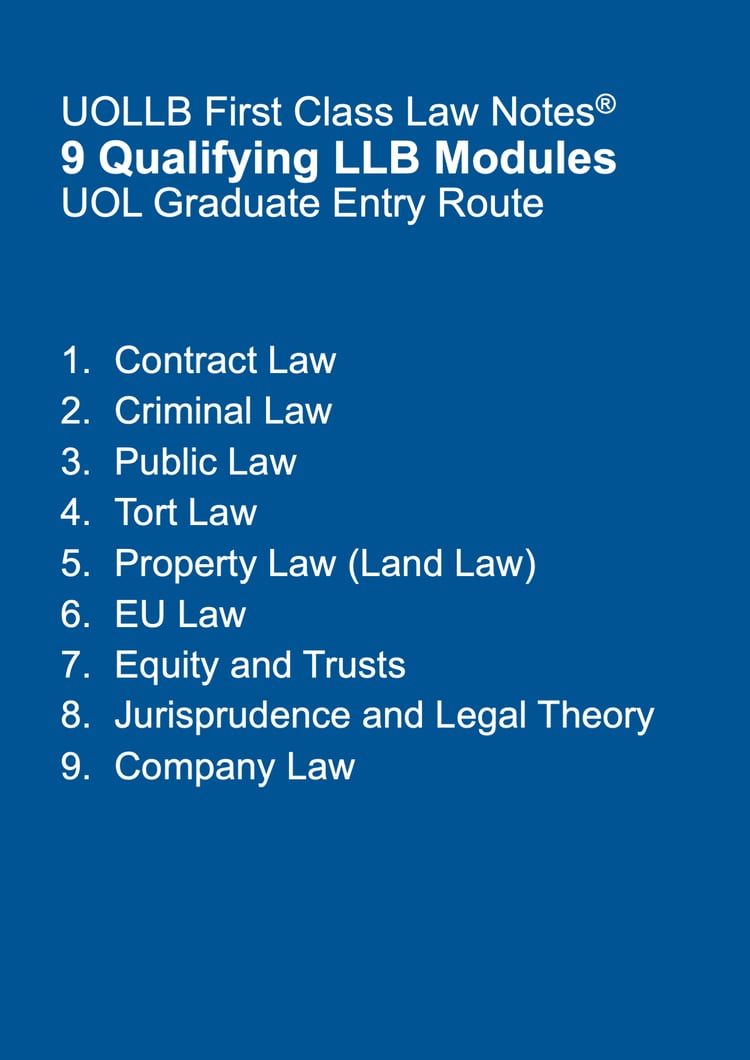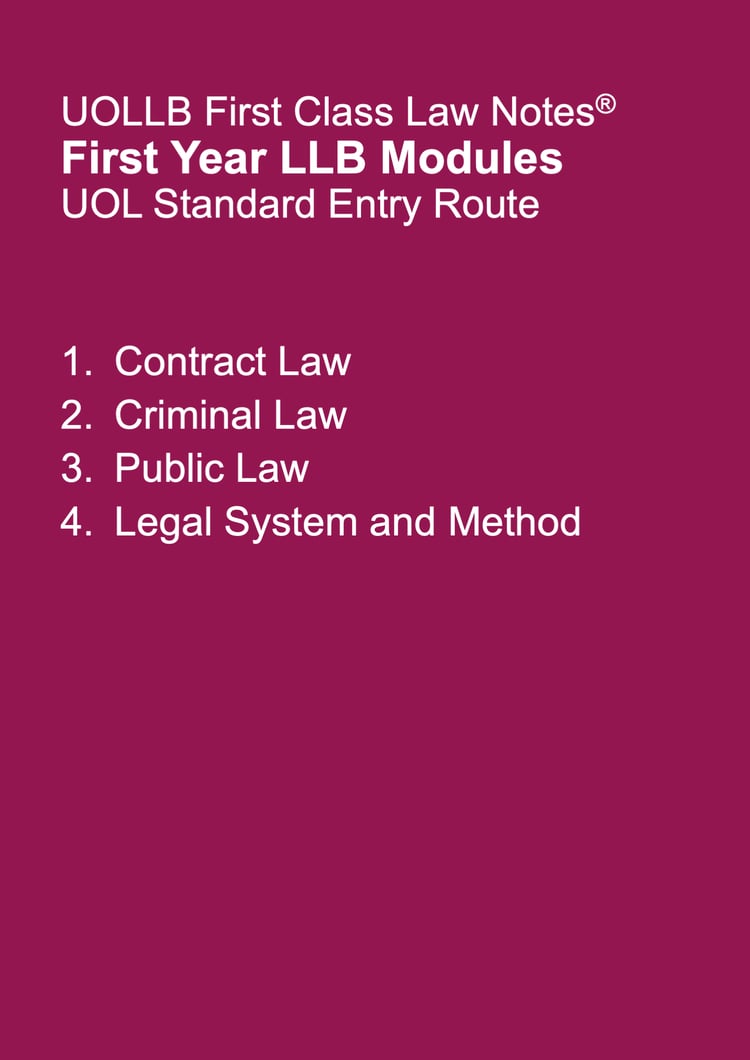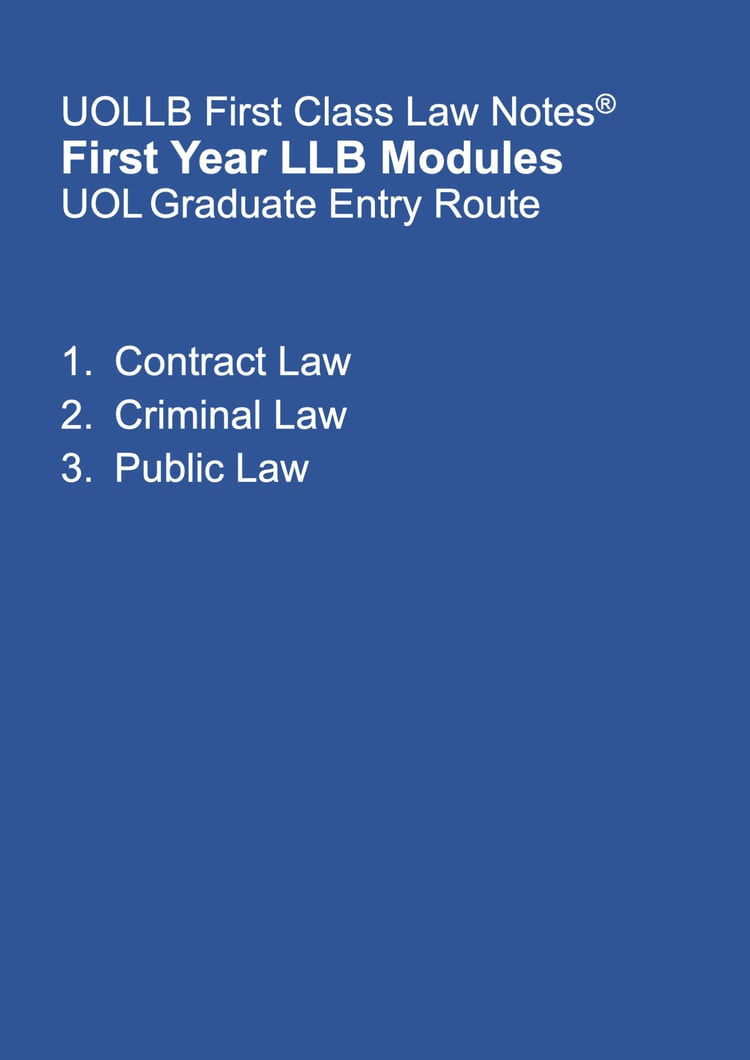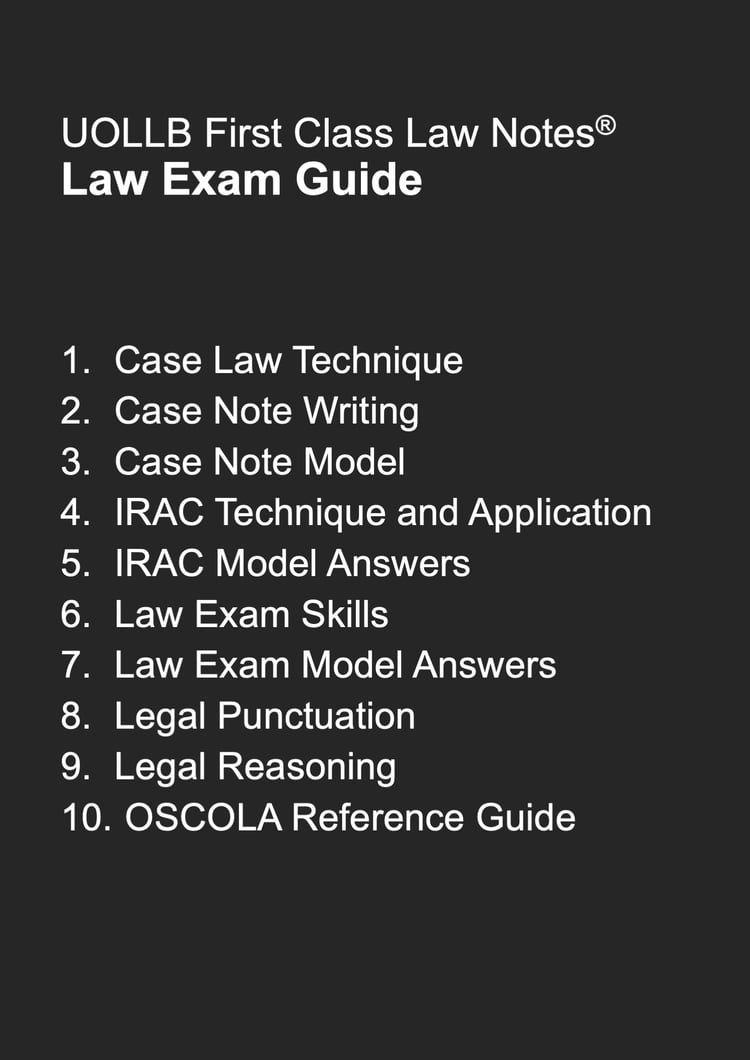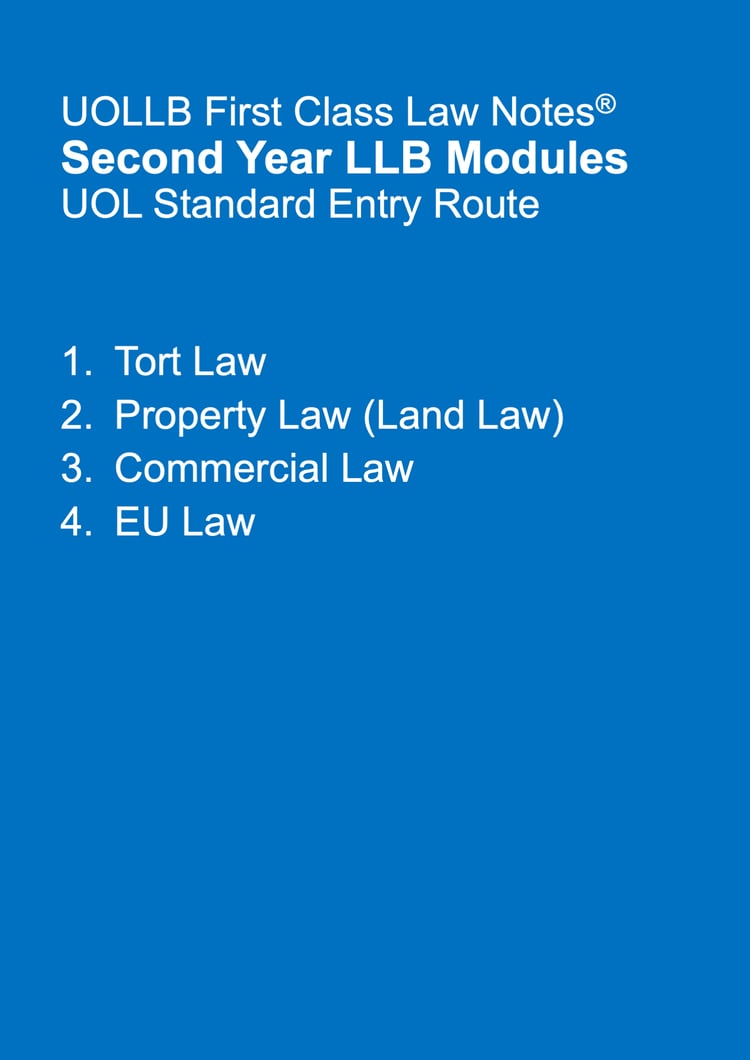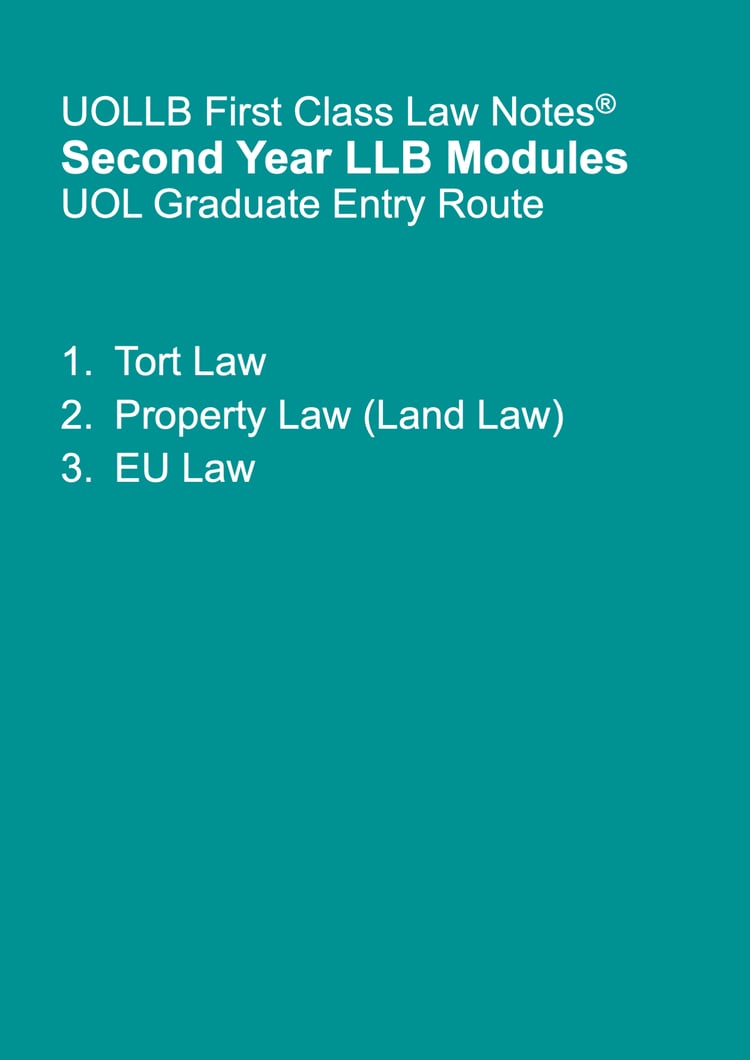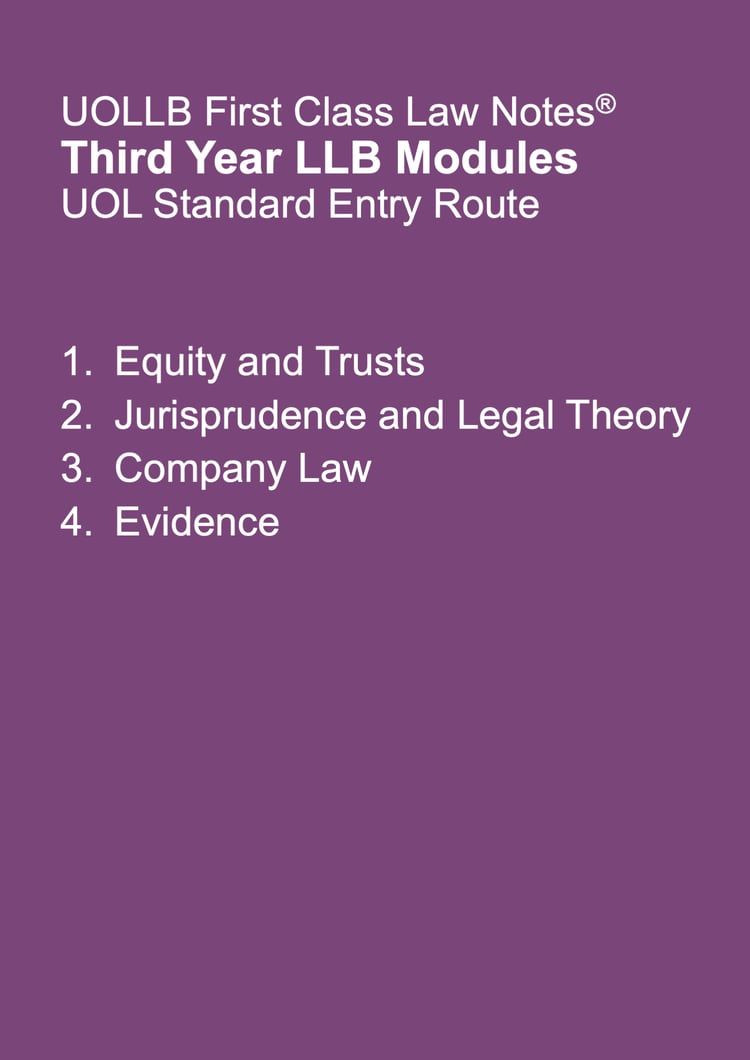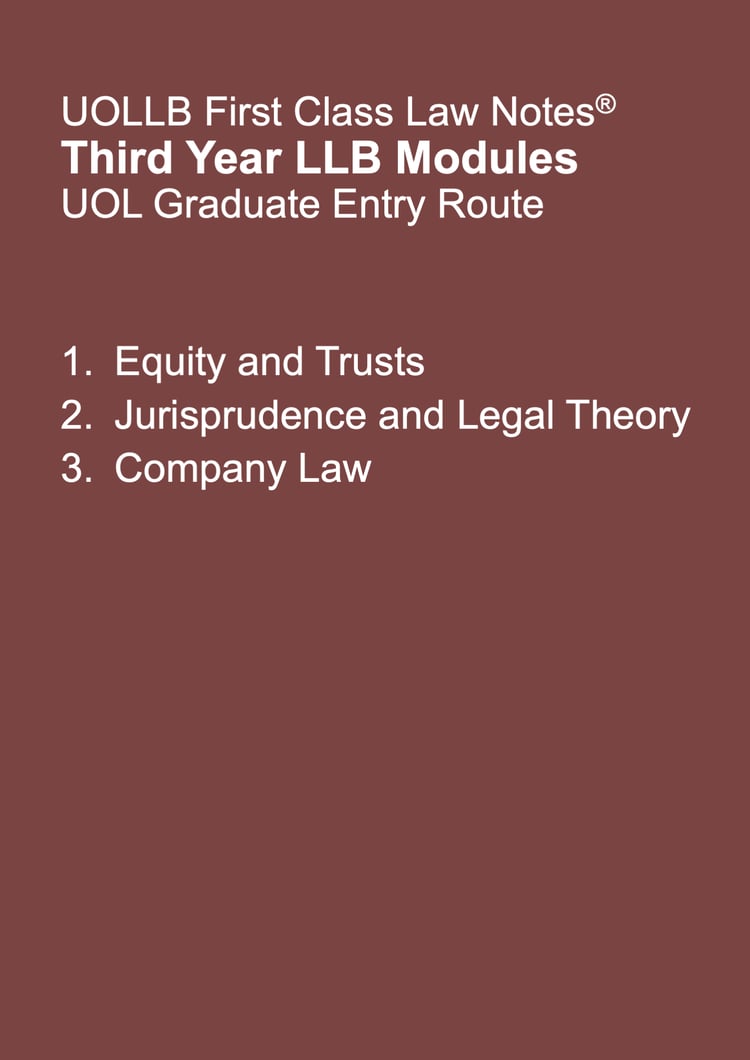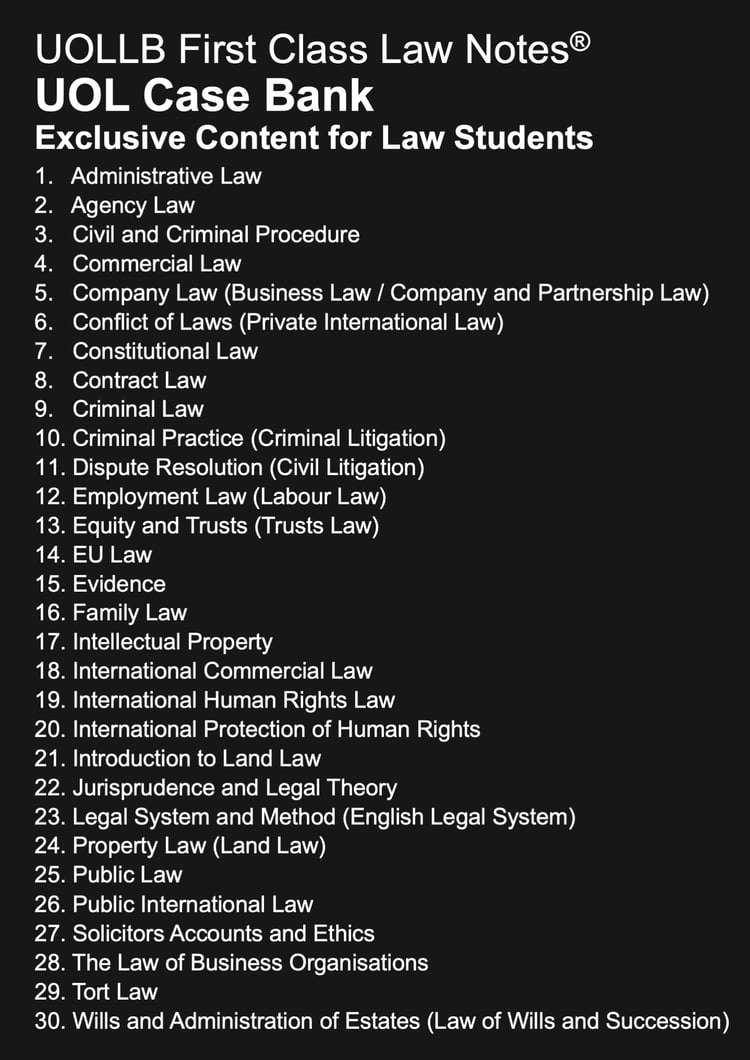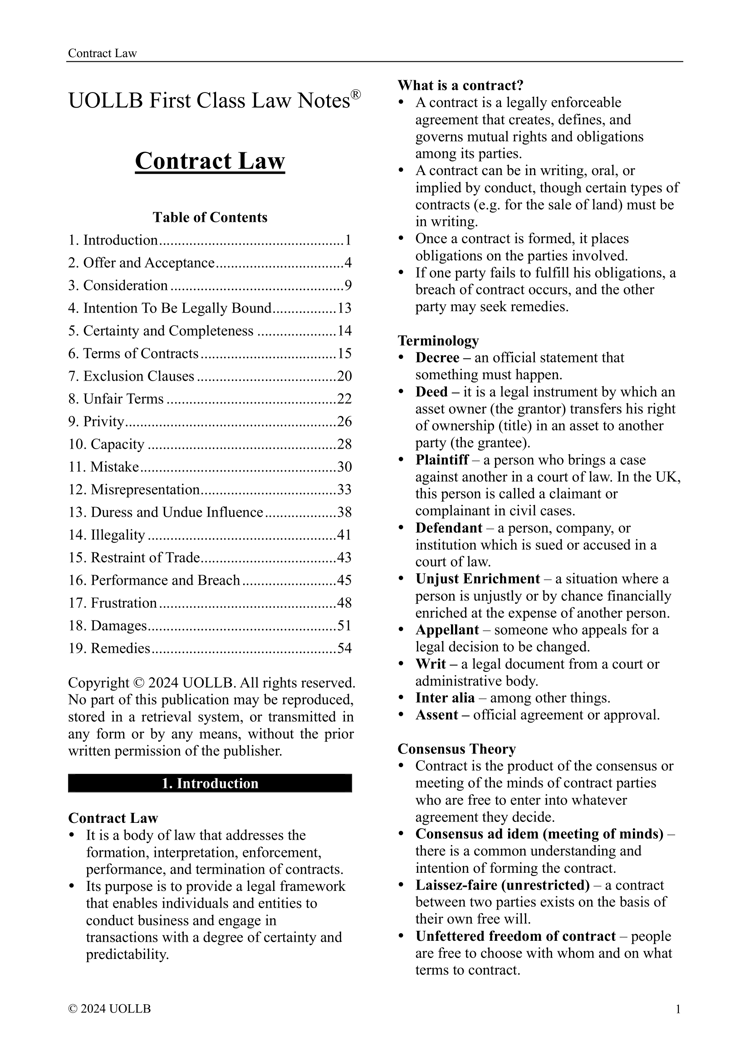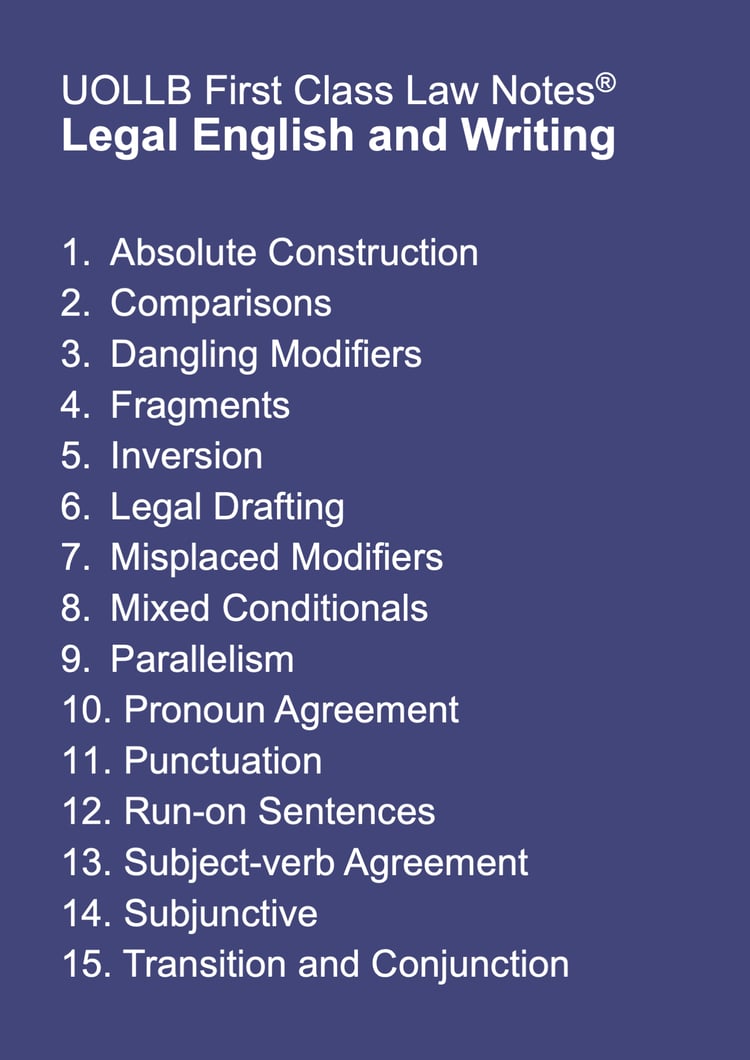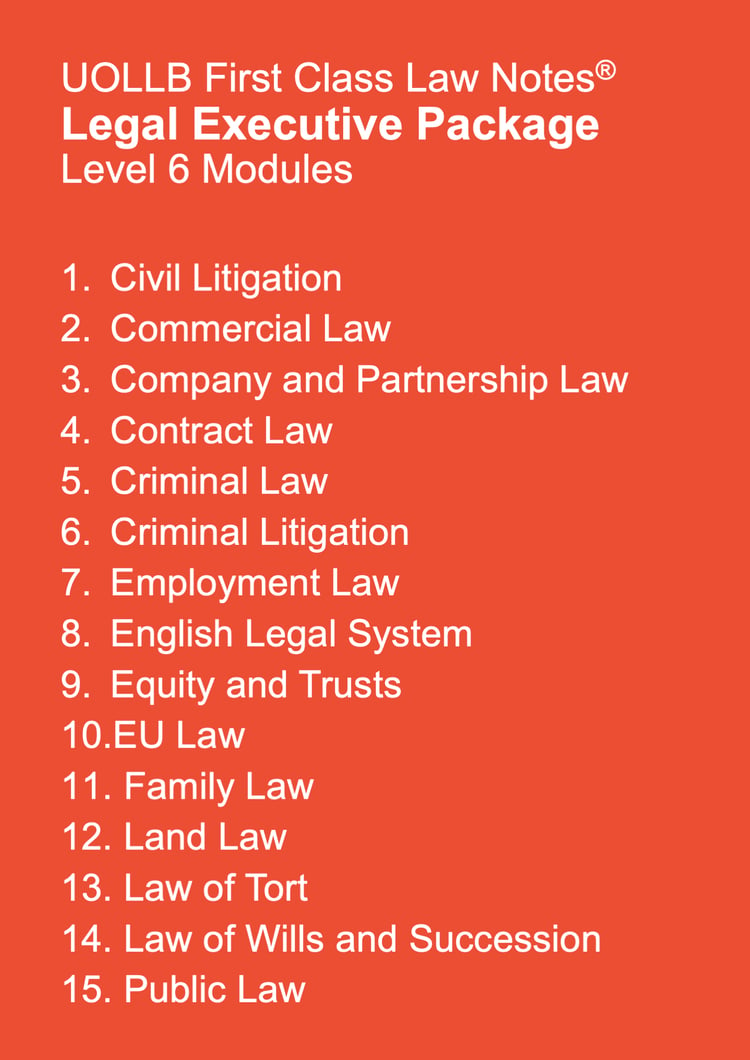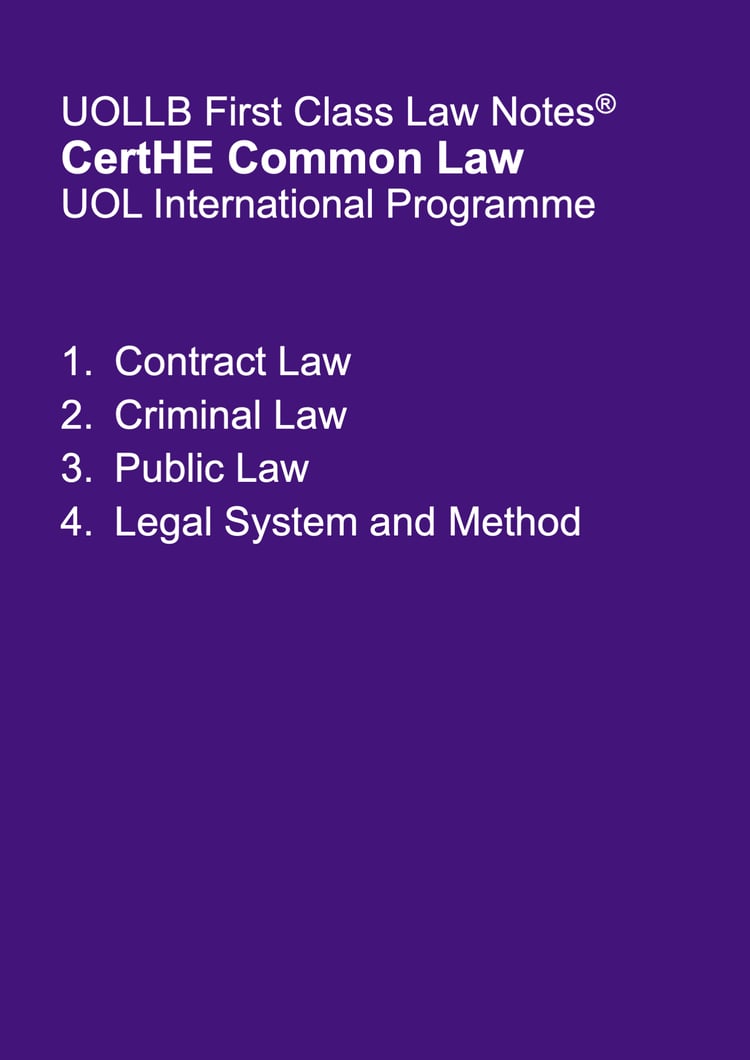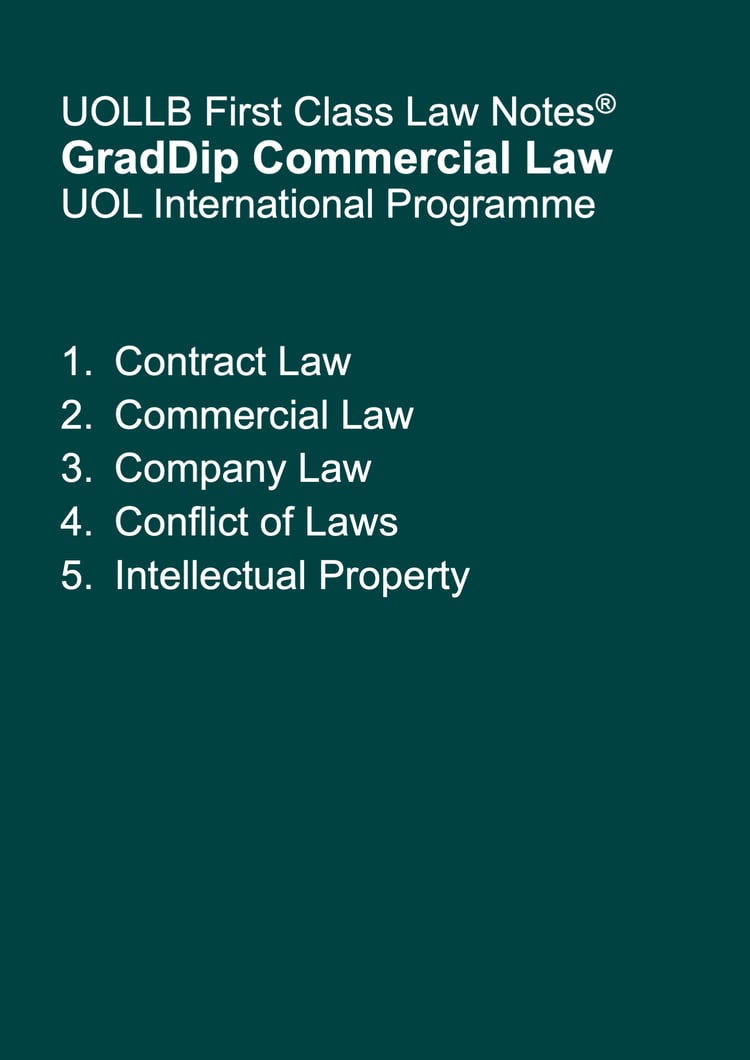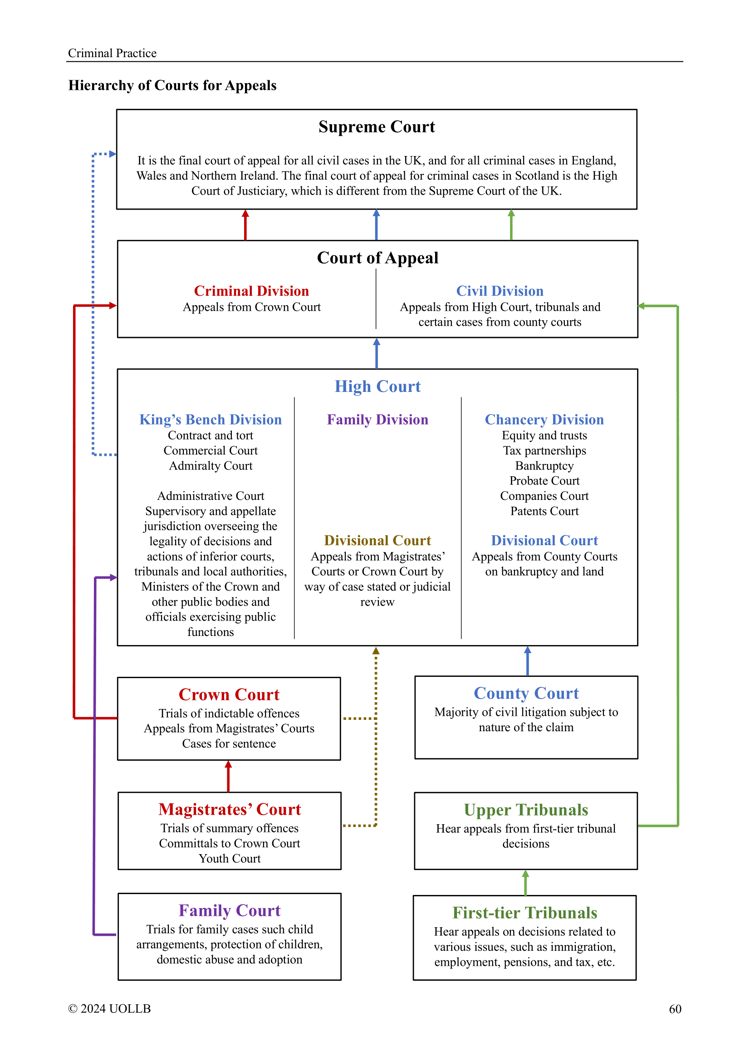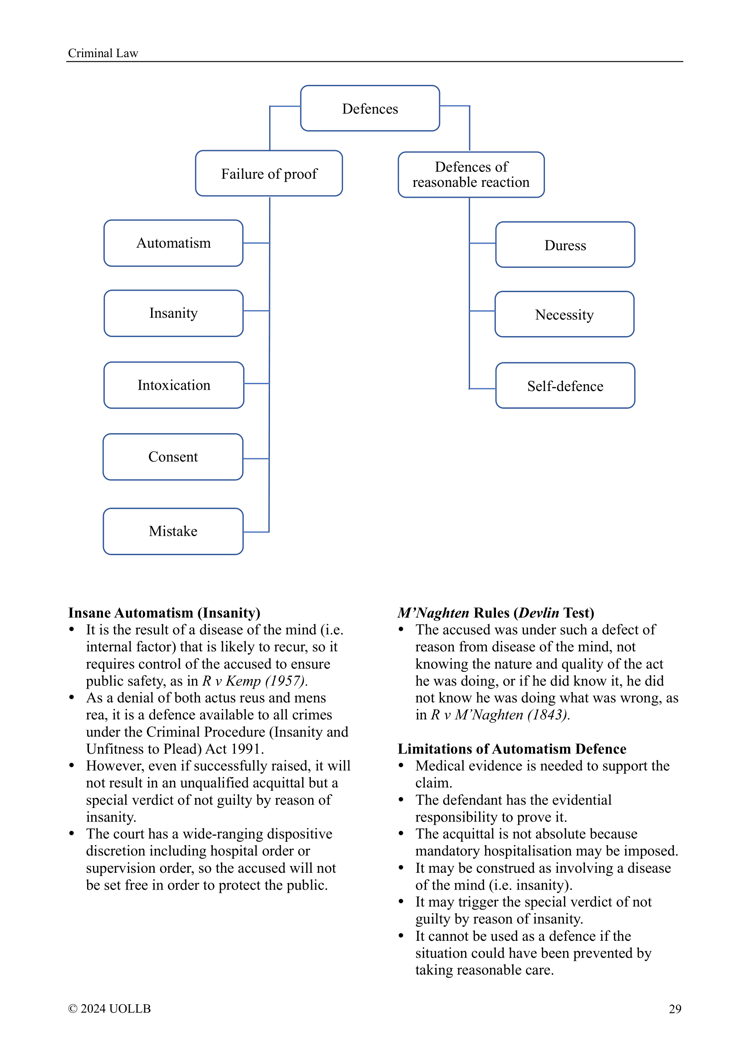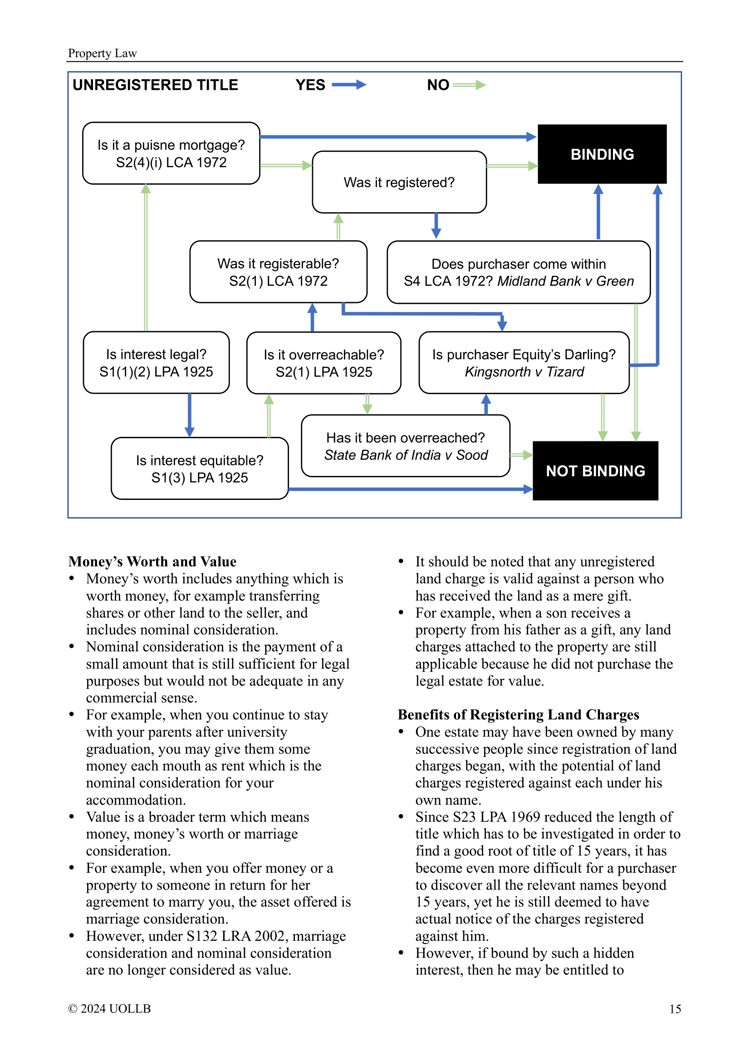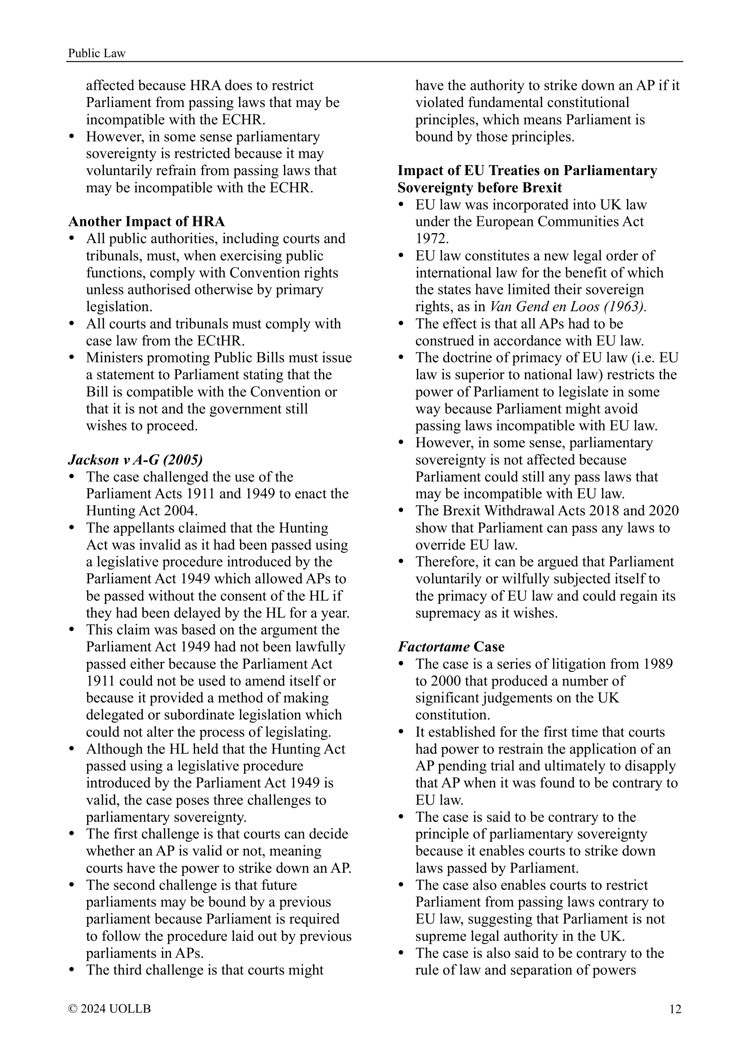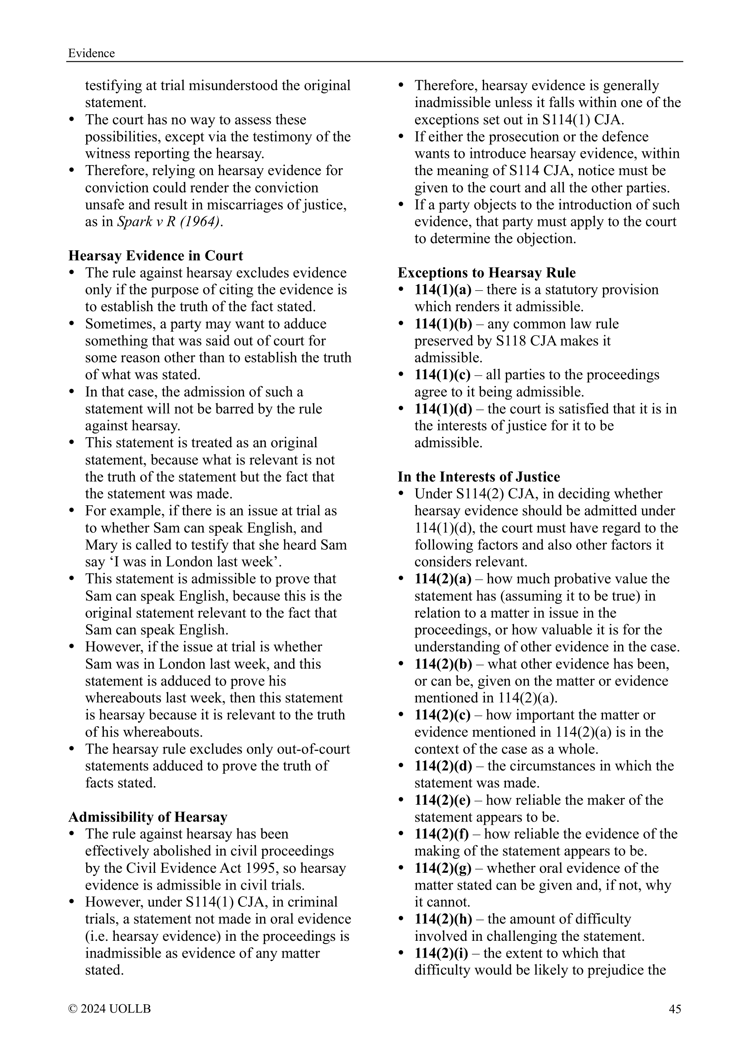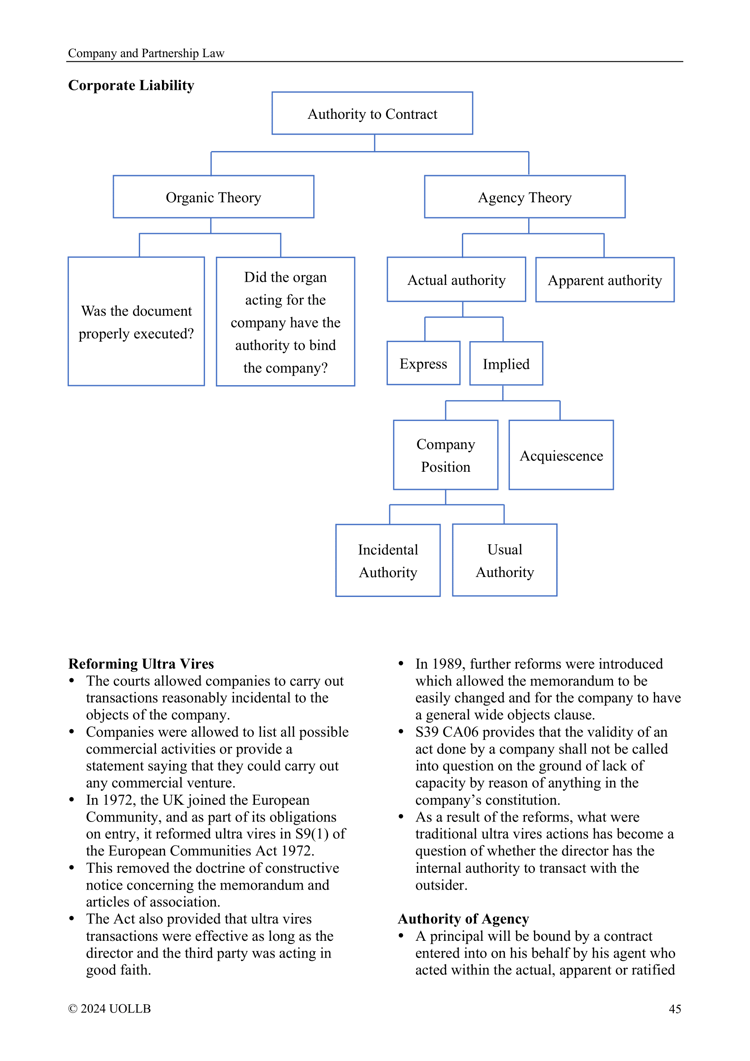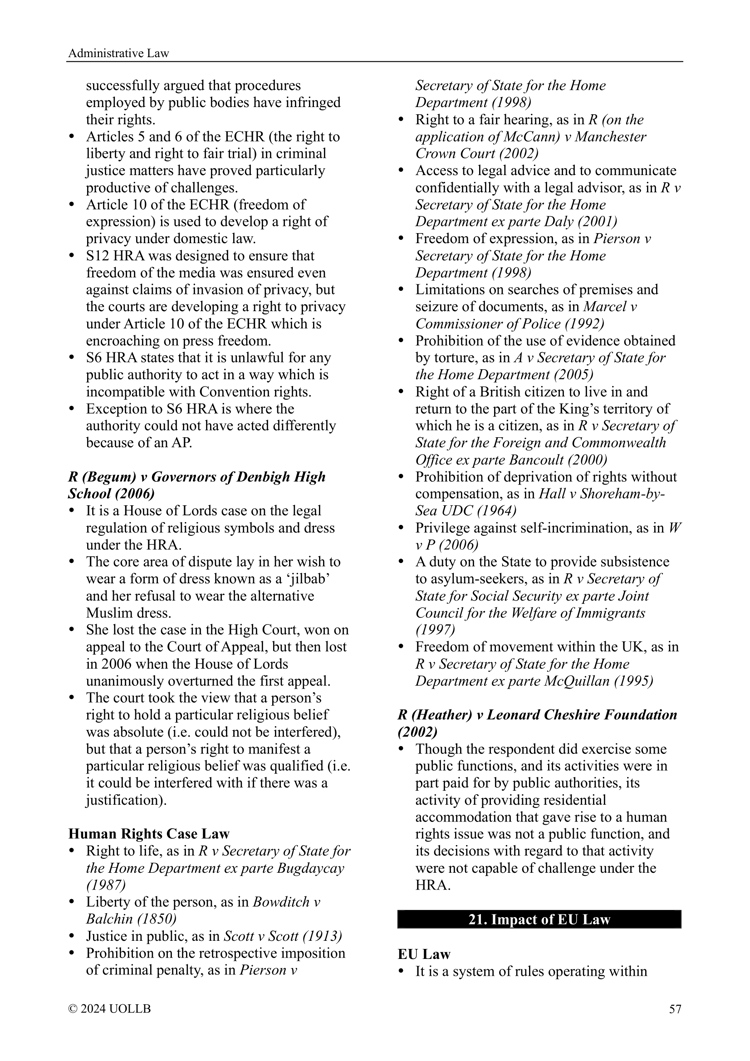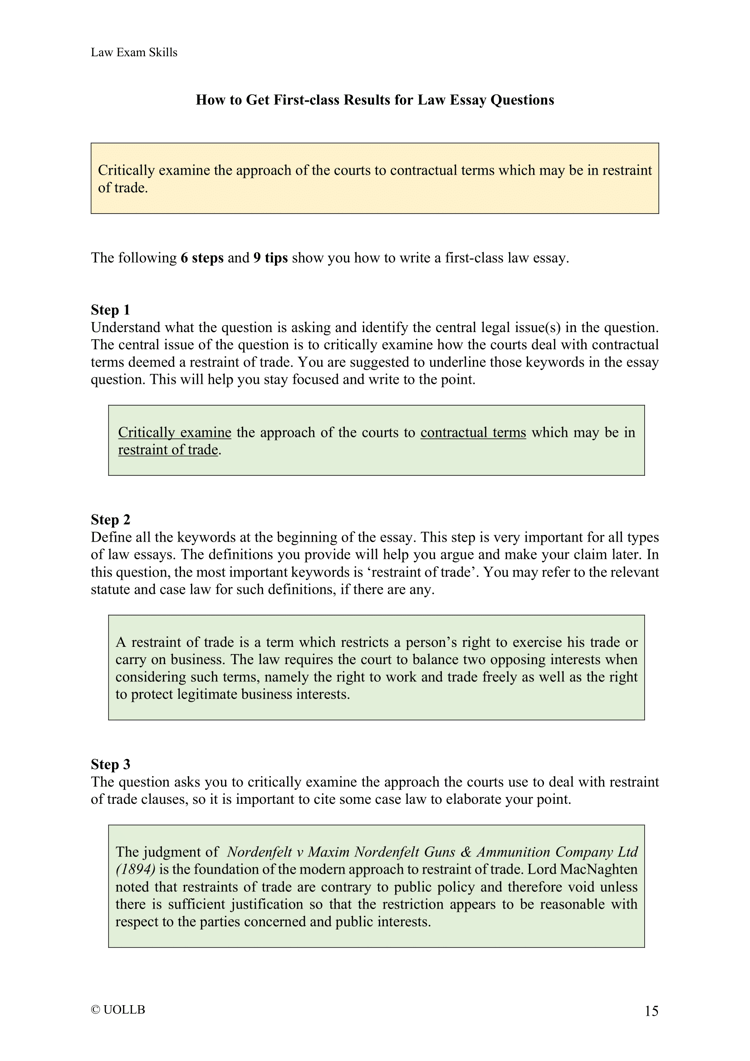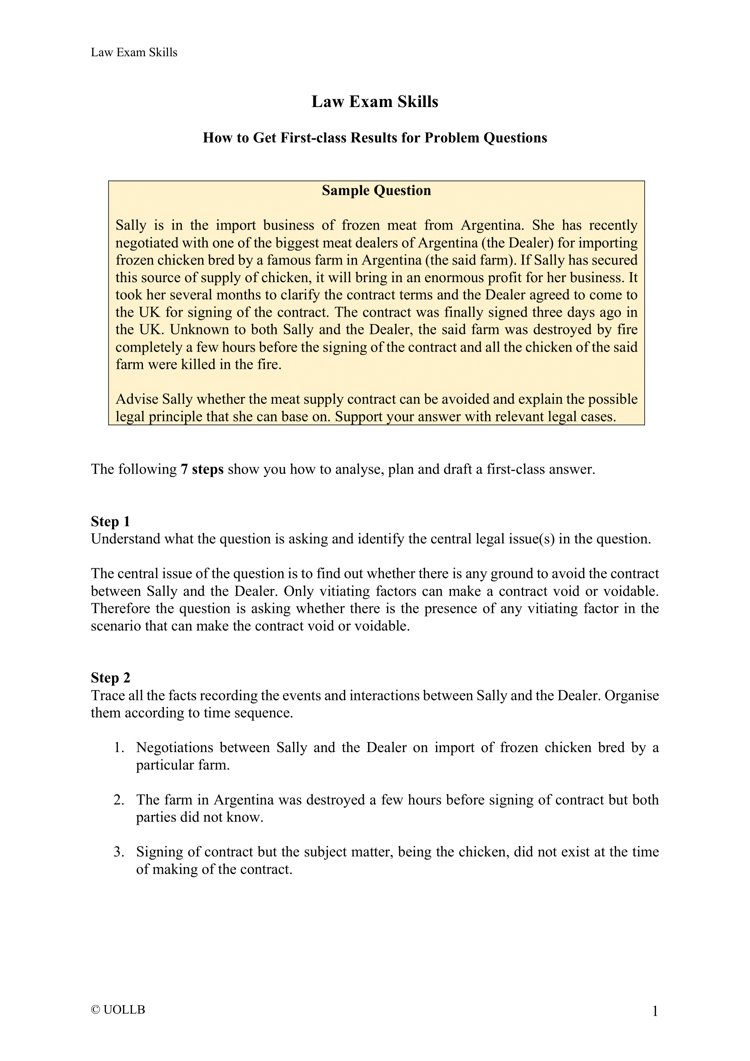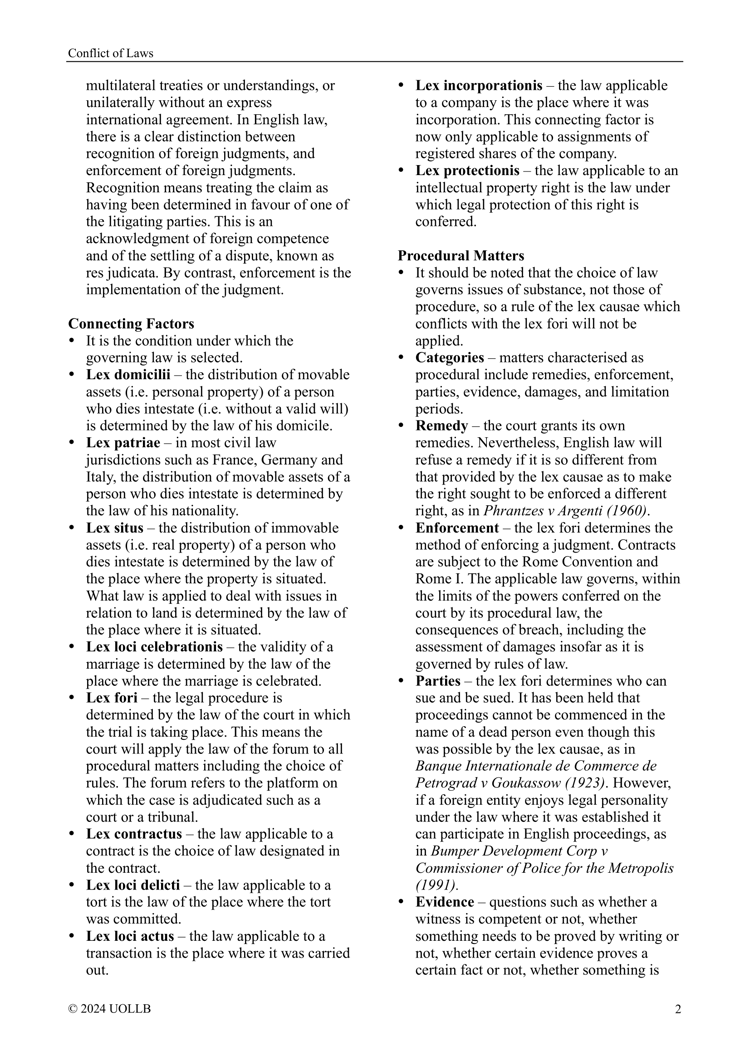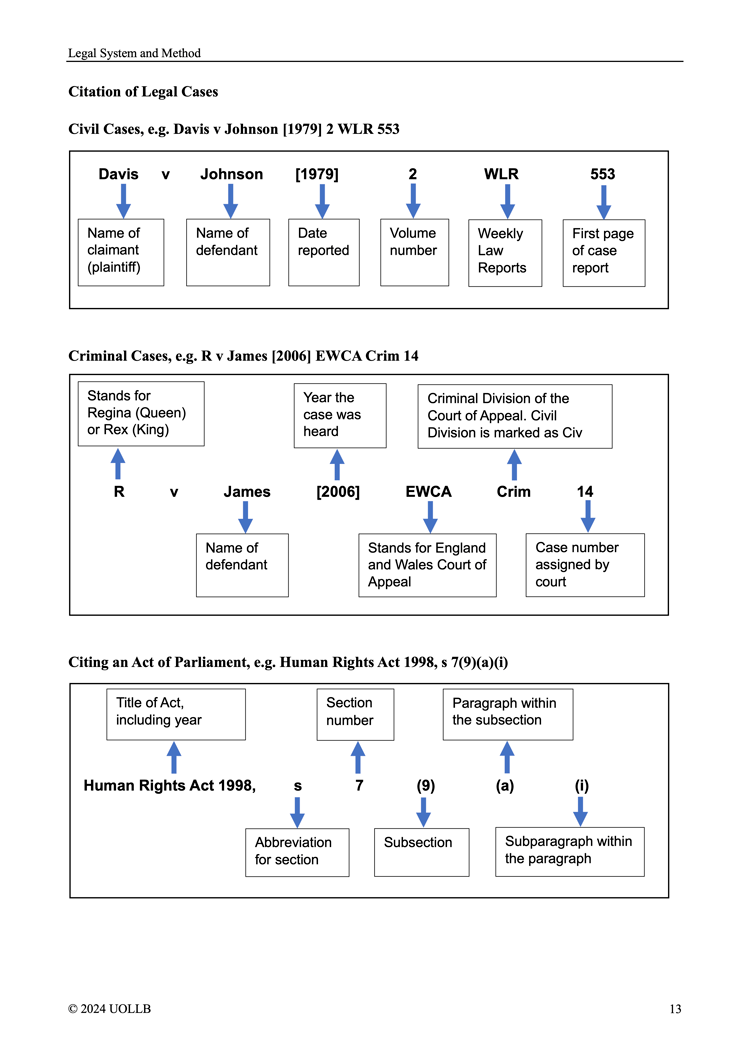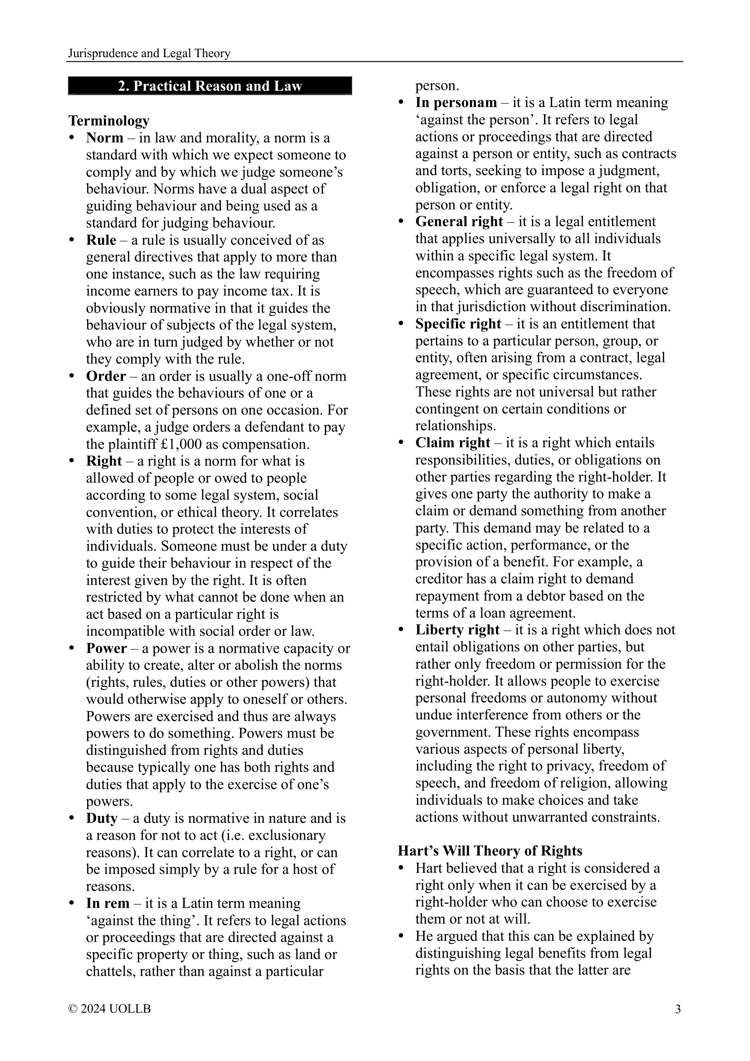R v Hale [1979] 68 Cr App R 415, [1979] Crim LR 596 addressed the question of whether appropriation ceases once property is seized and emphasised that appropriation is a continuous act.
The defendants broke into the victim's house, covering her mouth to prevent her from screaming, going upstairs to take a jewellery box, and tying her up before leaving the house. The defendants appealed their conviction for robbery, arguing that under Section 8(1) of the Theft Act 1968, the use of force had to be immediately before or during appropriation, and that appropriation completed once the jewellery box was seized.
The Court of Appeal dismissed the appeal, rejecting the contention that theft had ceased by the time the victim was tied up. Eveleigh LJ, in delivering the judgment, stated that the act of appropriation does not suddenly cease. Instead, it is considered a continuous act. The court emphasised that it is a matter for the jury to decide whether the act of appropriation has concluded.
This decision underscored the idea that appropriation is not a single, isolated act but a continuous process, and the use of force during this process can be considered in determining the offence of robbery.
Check out our exam-focused Criminal Law notes now.
Subscribe to UOL Case Bank for more exclusive content and case summaries.


